Only logged in customers who have purchased this tour may leave a review.
Floreana Island Dive Tour
Floreana, also known as Santa María or Charles, is the southwestern island in the archipelago. There are three dive sites: Cormorant Point, Champion Islet and Enderby Islet. Most of them with rocky reefs and good chances to enjoy the curious sea lions, to see several pelagic species and even to drift dive with occasional currents.
Duration
1 day
Length
Full Day
Team
Bilingual guide
Meals
1 Snacks
1 Lunch
Group Size
16
Key Features
-
Galapagos Sea Robin
-
Galapagos sea lions
-
Octopus
-
Galapagos corals
Description
To get to Florean Island you have to sail for about 2 hours. In Champion there are numerous colonies of Galapagos sea lions, normally your check dive will be in calm shallow waters, and then we will dive on impressive cliffs with colorful vertical walls, where most of the pelagic species appear like tunas, mackerels, sharks and others.
Followed by big rock steps that will take you to shallow waters with good chances to look for lobsters, octopus and whitetip reef sharks. You will end, nearby a breeding group of sea lions (the youngs like to surround divers), in this dive you can also enjoy seeing several corals.
Enderby is a tuff cone with a perfect hill shape, with gentle slopes, and normally surrounded by calm waters where we can look for beautiful red-lipped batfish, sea turtles, more sharks and big fish and rays. Here also you can find the endemic Galapagos Sea Robin.
Punta Cormoran is a part of Floreana Island, and its name nothing has to do with cormorants, in reality, this site was named like that after a boat sunk here. It’s a protected place with rock reefs and sand bottom, and it’s very close to Devil’s Crown, an ancient crater, that works almost like a traffic light in the ocean so the biodiversity of this site is very interesting. Here you will see species like barracudas, sharks, golden cow rays and sea turtles.
Floreana Island Dive Tour
- Conservation Success
- Marine wildlife
- Underwater Landscapes
Floreana Island, Ecuador
Travel Tip
The order of the sites will depend on the itinerary authorized by the National Park Service.
Information
Tour details.
- Departure
- Dive Center in Puerto Ayora
- Departure Time
-
- 7:00 am
- Return Time
-
- 5:00 pm
- Included
-
-
Bilingual guide
-
Transportation
-
Lunch
-
Snack
-
5 -7 mm wetsuit, regulator, BCD, mask, fins, boots, hood, gloves, weigh belt and 12 lt. air tank
-
Check Dive
-
- Not Included
-
-
Extra drinks
-
Tips
-
Nitrox tank (you need to present a certification)
-
DIN adapter
-
Dive computer
-
Private guide
-
Extra air tank
-
Meeting point
Dive Center in Puerto Ayora
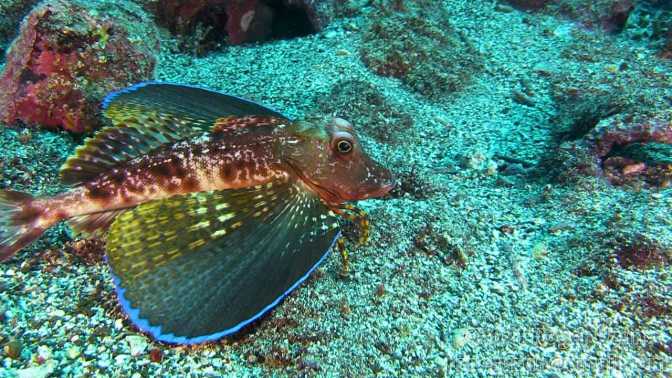
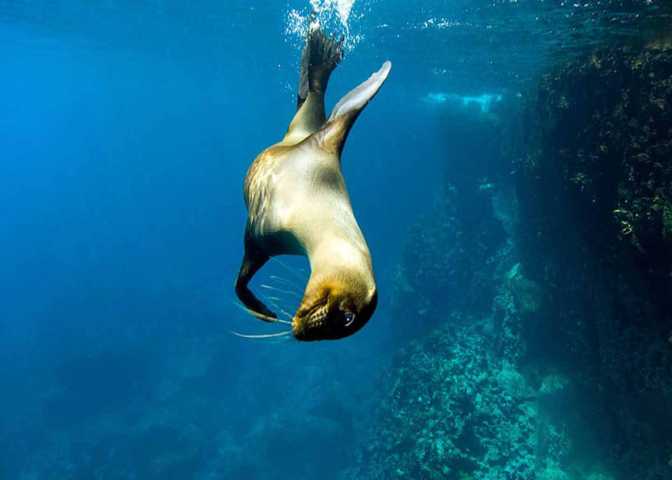

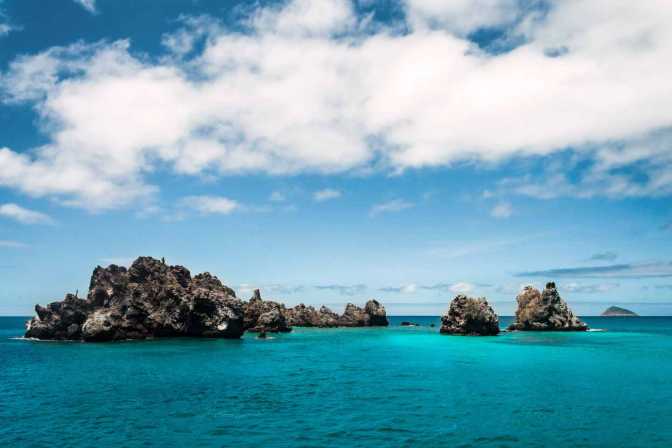
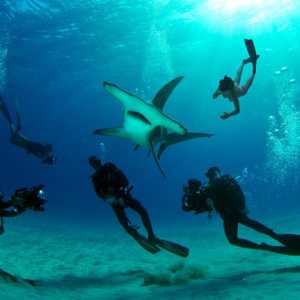


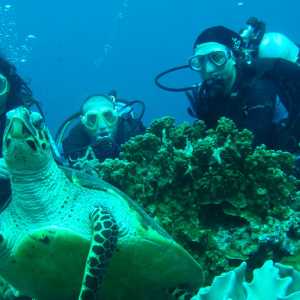
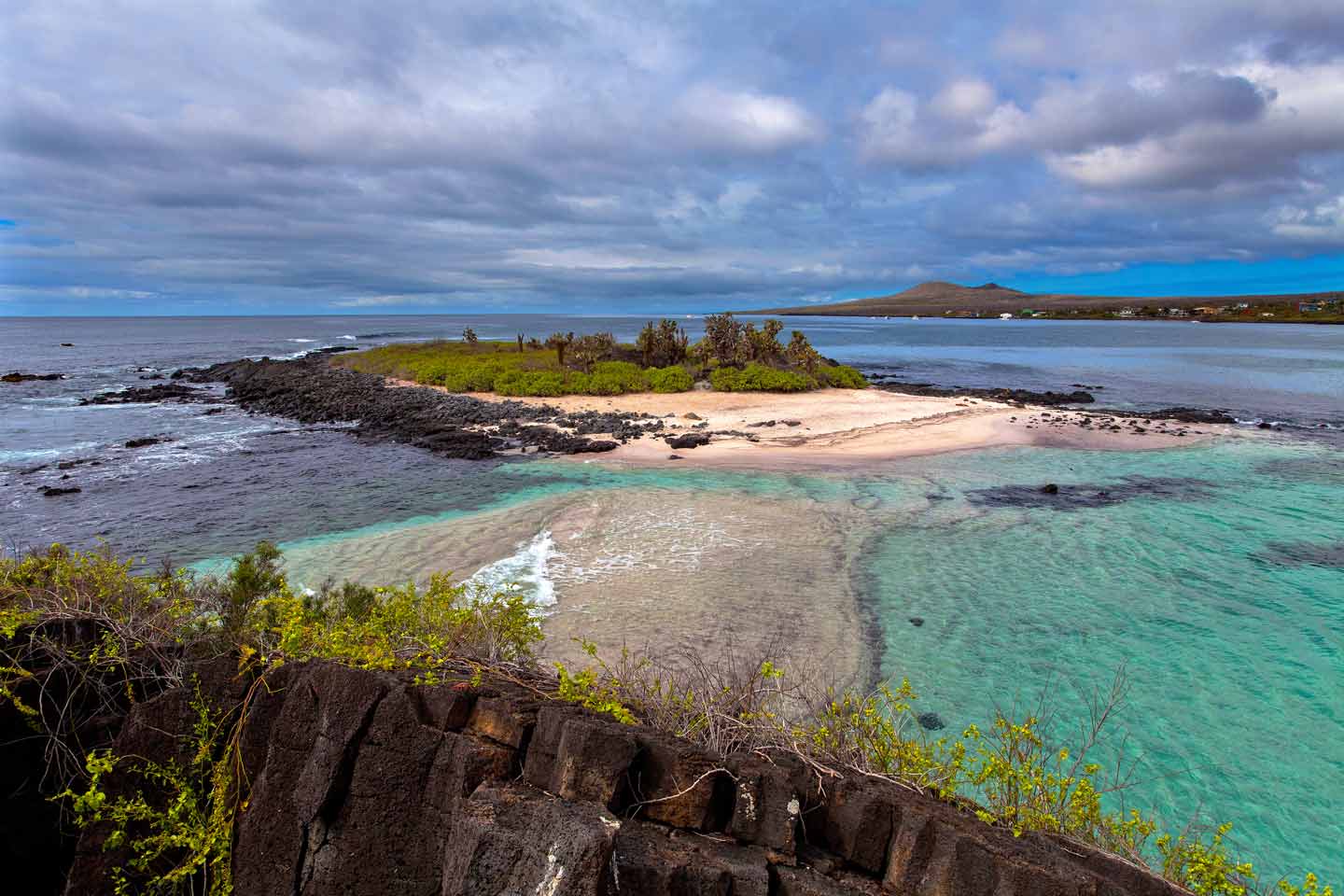
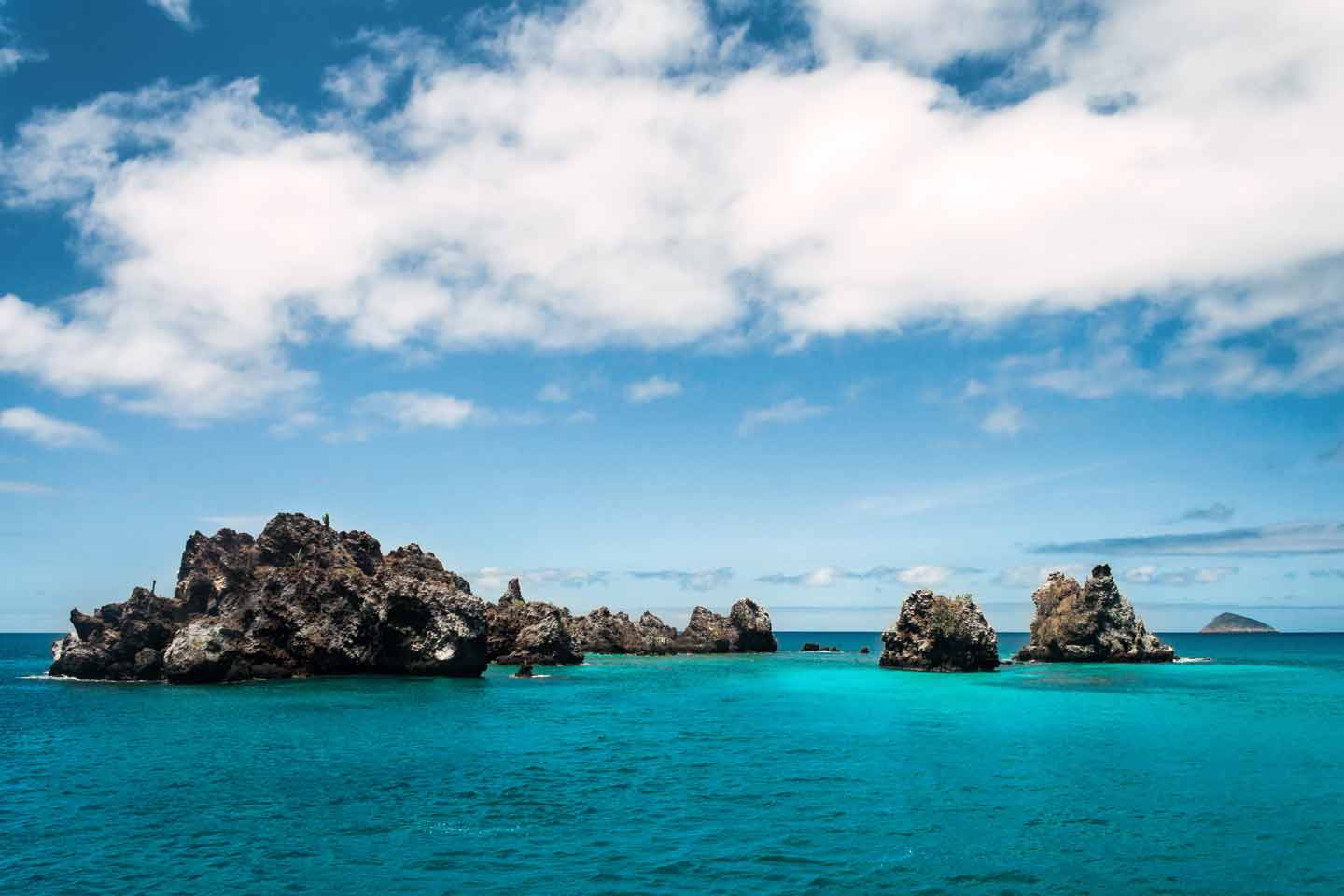

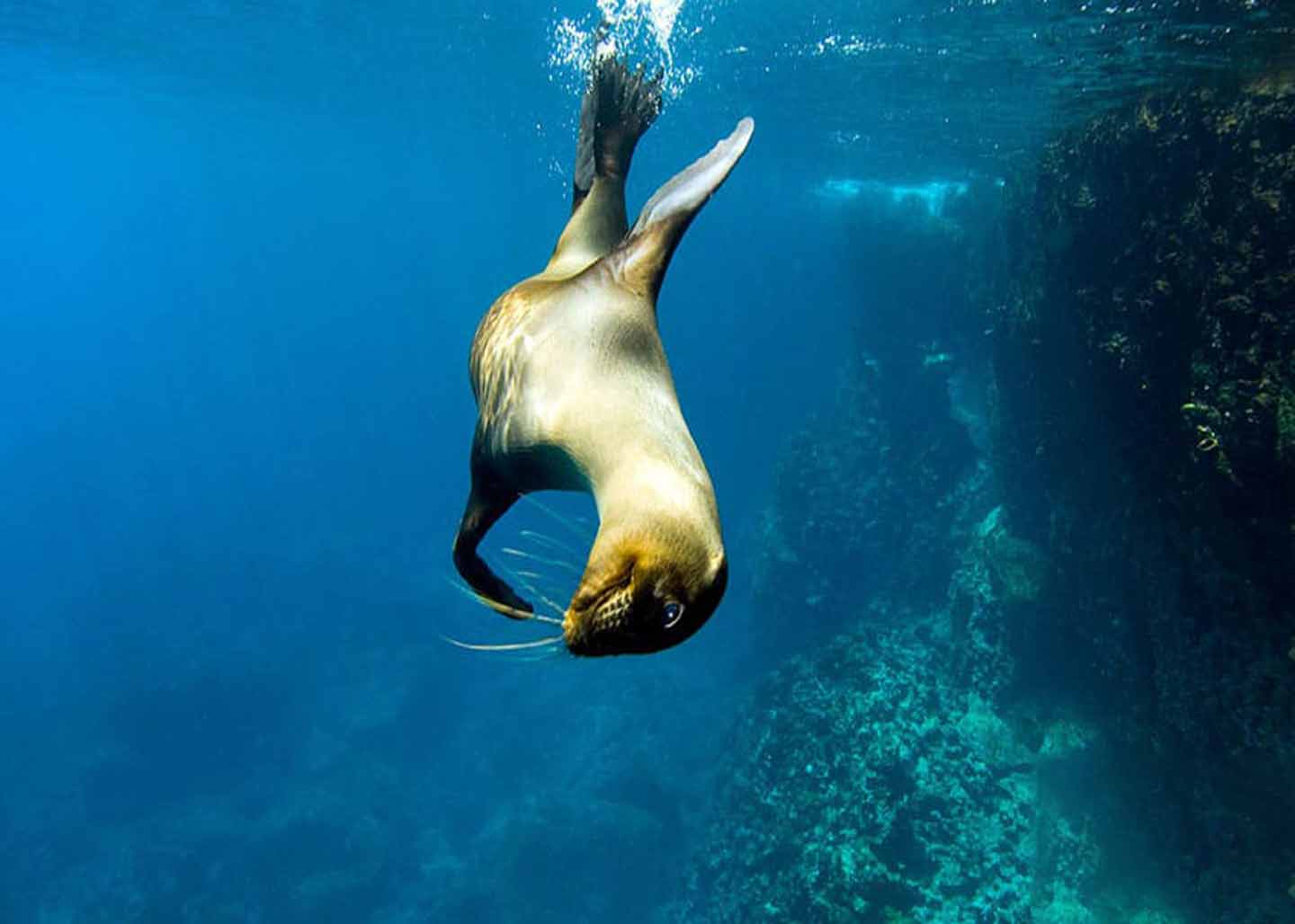

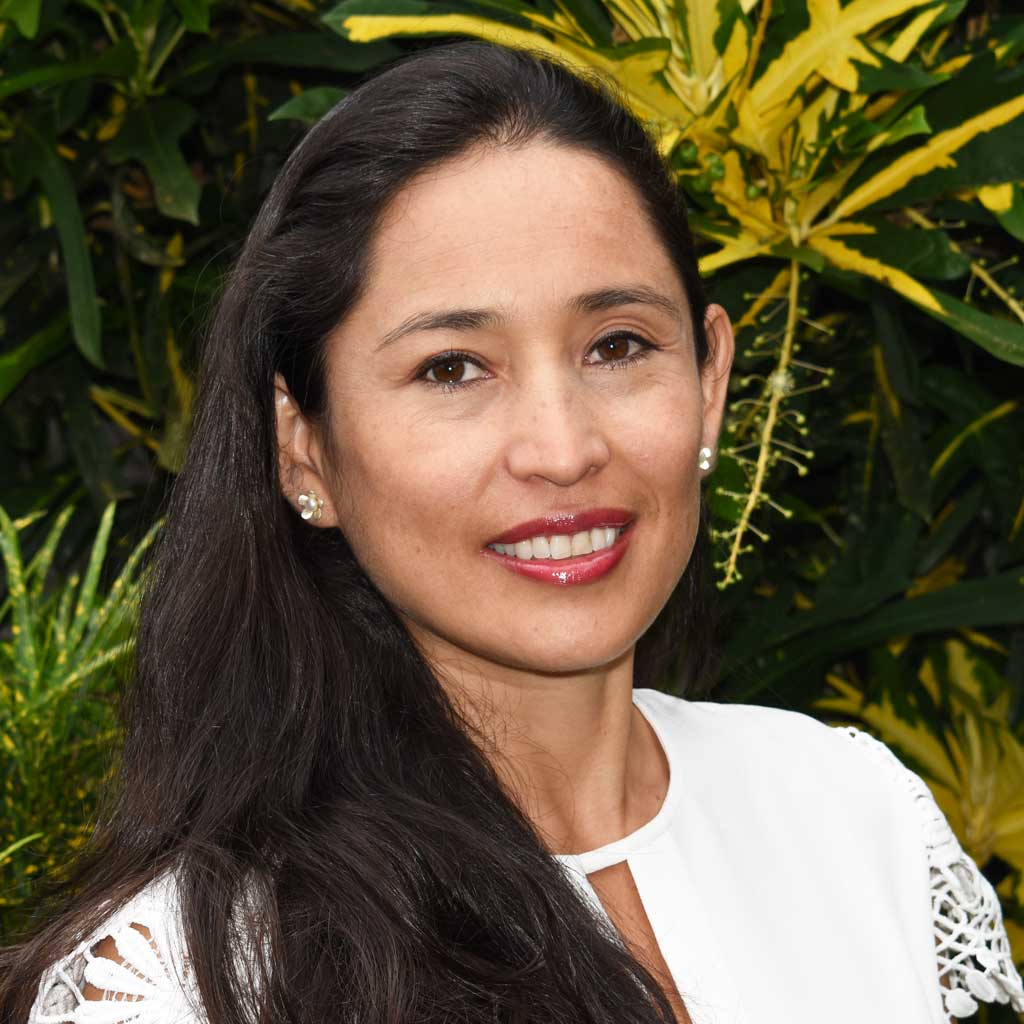
Reviews
There are no reviews yet.